Citrus Canker
1. Damage caused by citrus canker
1.1. Scope of damage caused by citrus canker
Citrus canker is a worldwide quarantine disease that seriously threatens the healthy development of the citrus industry.
Pathogen: Xanthomonas citri subsp. citri, a bacterial pathogen.
Distribution range: Citrus canker is distributed in India, Sri Lanka, Thailand, Indonesia, Japan, the Philippines, South Africa, West Africa, South America (Brazil, Uruguay, Argentina), New Guinea, Algeria, Tunisia, Molissa Island, China, etc.
1.2. Main countries where it occurs
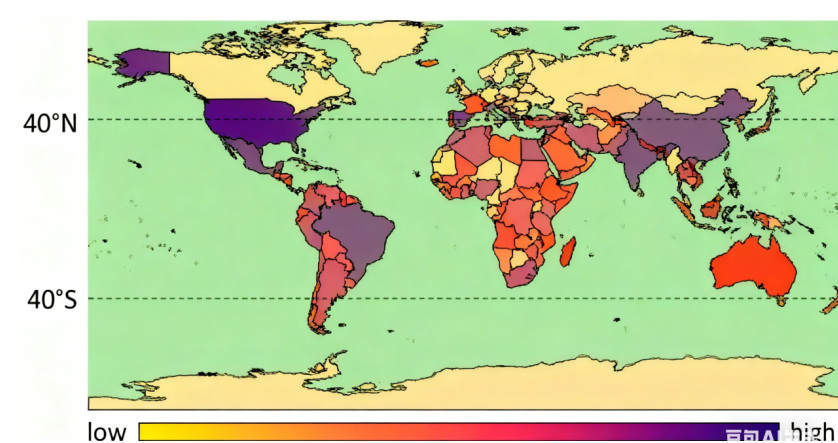
It is estimated that the prevention and treatment of citrus canker requires 5-8 treatments per year, and the global citrus canker market share is approximately US$6.7 billion.
1.3. Introduction to canker bacteria
The growth temperature range of canker bacteria is 12-40℃, but no symptoms will appear on the plants when the temperature reaches 42℃.
The optimal temperature is 20-30℃, the minimum temperature is 5℃, and the maximum temperature is 35℃;
The most favorable humidity conditions are above 50%.
1.4. The occurrence pattern of citrus canker

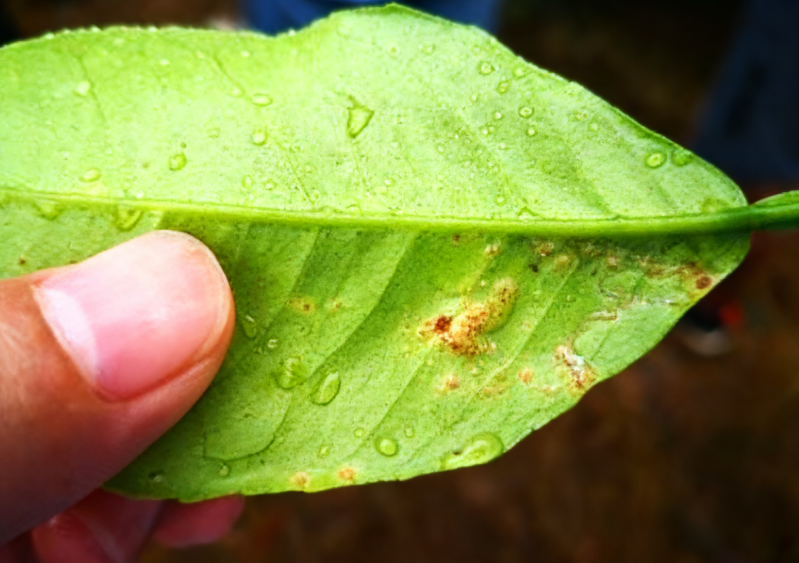

Invasion from natural orifices (lenticels, stomata and water pores).
Because the leaves are scratched in strong winds or bitten by pests, germs can invade from the wounds.
In addition, the pathogenic bacteria will not die after the diseased leaves fall off, which will greatly increase the number of pathogenic bacteria.
1.5. Citrus canker bacteria hide in plant mesophyll tissue
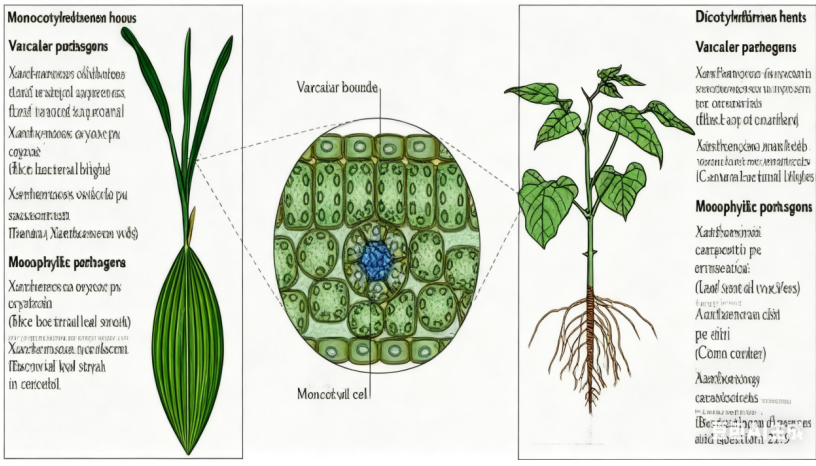
1.6. The infection status of citrus canker bacteria under the microscope
Canker bacteria began to enter the mesophyll tissue 2 days after the citrus leaves were inoculated with canker bacteria. A large number of them entered the mesophyll tissue 4 days after inoculation. They invaded the healthy tissues of the leaves 6 days after inoculation, causing the leaves to begin to form bulges. Crater bulges were formed 8 days after inoculation.
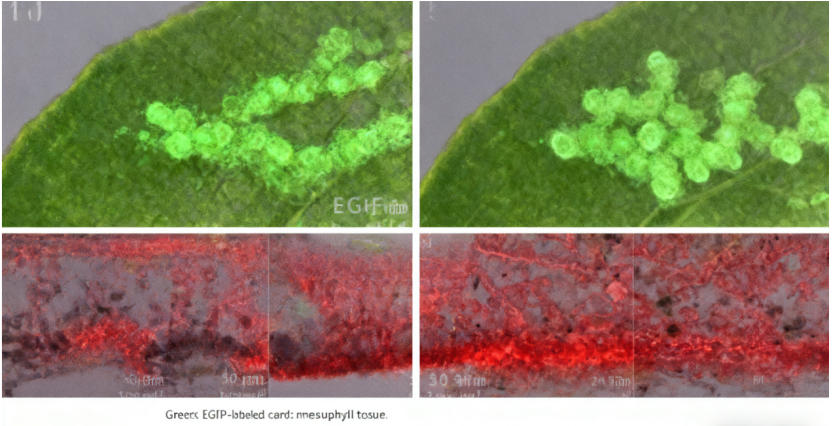
2. Citrus canker prevention and treatment techniques
2.1Medication time and precautions
(1) Protect new shoots, and prevent and treat them for the first time when the new shoots are 1.5-3cm (mid-May in subtropical areas). 5-8cm is recommended to be sprayed once with insect repellent and foliar fertilizer.
(2)To protect young fruits, spray safe and mild chemicals such as kasugamycin and oligosaccharins on 20th, 35th and 50th day after flowering (June-July in subtropical areas).
(3)Autumn shoot period (September to October in subtropical areas). Then spray according to the sterilization + insecticide + foliar fertilizer program.
(4)Strictly control insect pests, including aphids, psyllids, and especially Spodoptera exigua. Wounds are the key to ulcer infection。
(5)Strengthen prevention and control before and after heavy rain and typhoon days. It plays a protective role before rain, reduces technology and enhances resistance.
(6)The position of the tuyere should be properly prevented and treated twice.
2.2Recommended medication regimen and medication effects
(1)Application case: copper hydroxide 16.5%+copper oxychloride 17.5% SC 750 times


Before - After 7 days
In conclusion:
The control effect on new shoot diseases is ideal.
Inhibit disease development after 7 days
Apply the tip 2-3 times at a month, the effect is very good.
(2)Follow-up investigation - 15 days after taking the medicine
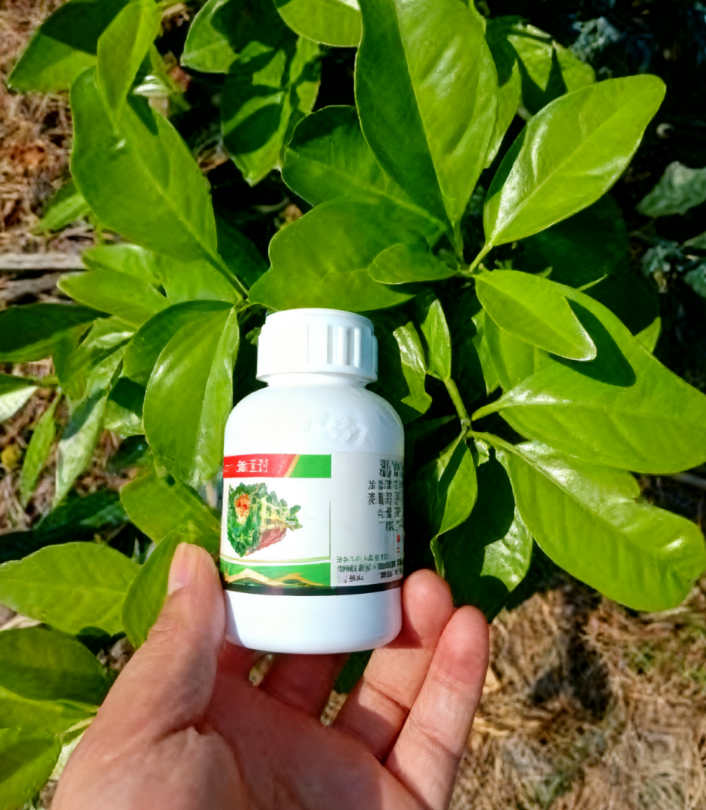
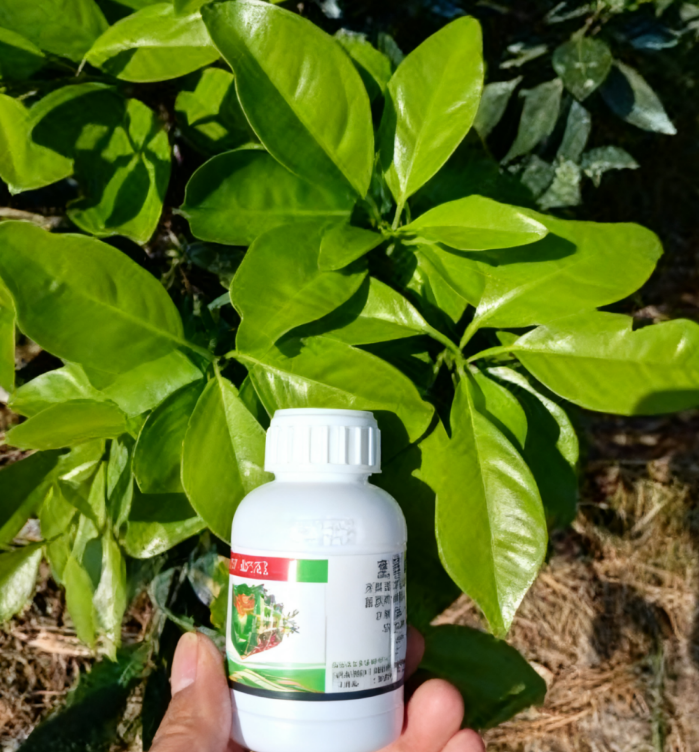


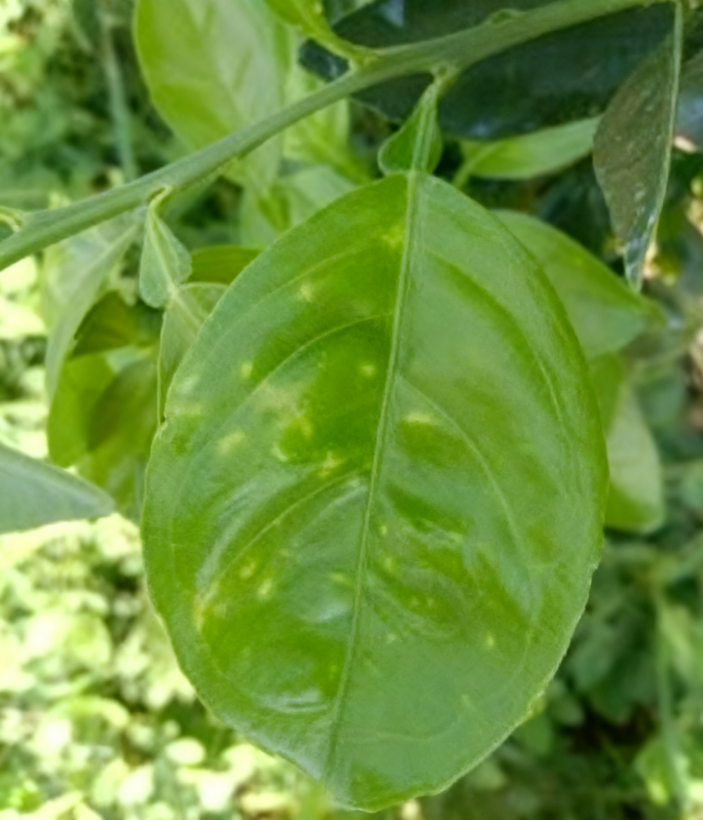
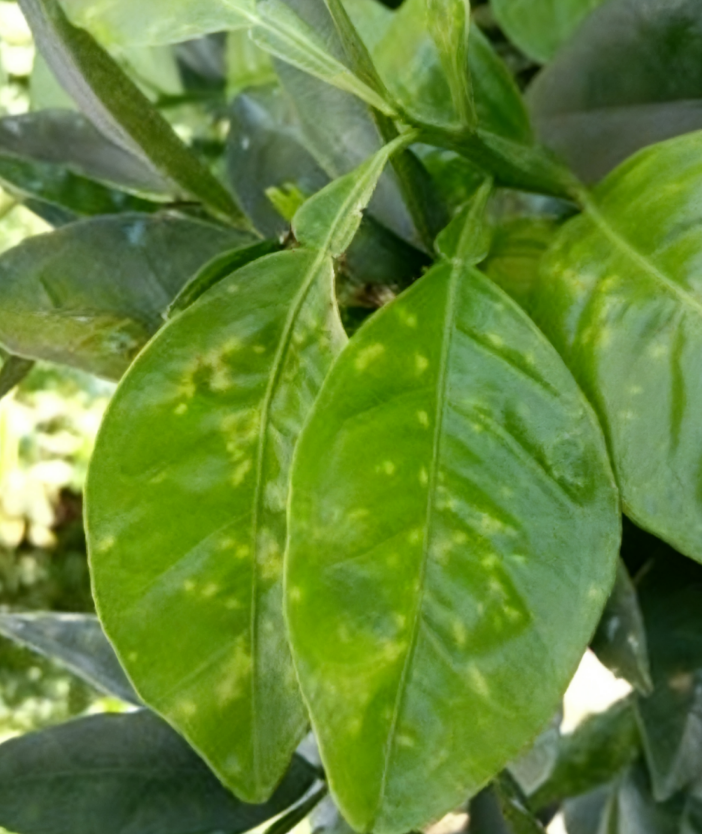
Conclusion:There is no phytotoxicity in the copper hydroxide 16.5% + copper oxychloride 17.5% blending plan of abamectin, acetamiprid, and potassium dihydrogen phosphate.
(3)Application case:copper hydroxide 16.5% + copper oxychloride 17.5% SC 800 times

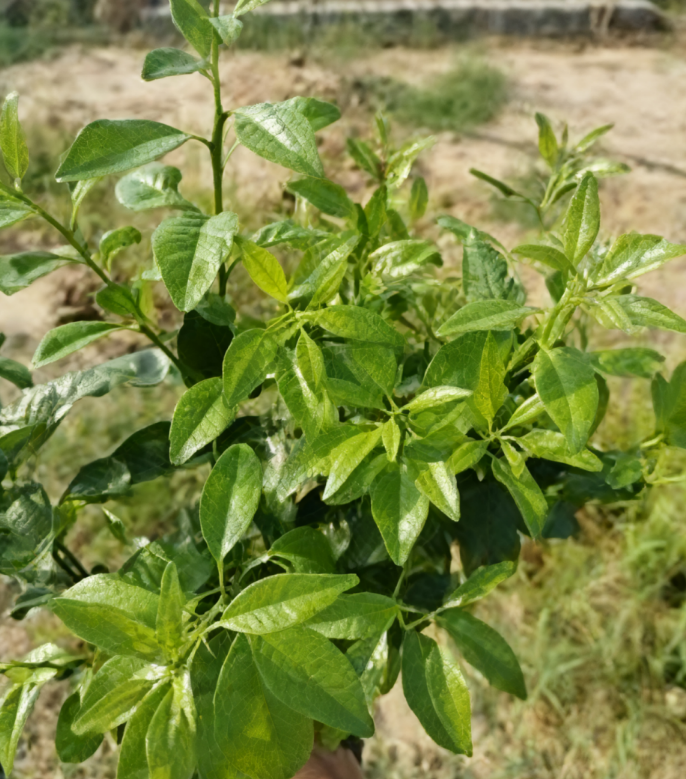
Conclusion:The liquid is evenly distributed and does not pollute the leaves and fruit surfaces, making the citrus healthy and safe and selling at a good price.
3. Destructive Experiments
Experimental plan: copper hydroxide 16.5% + copper oxychloride 17.5% SC 500 times
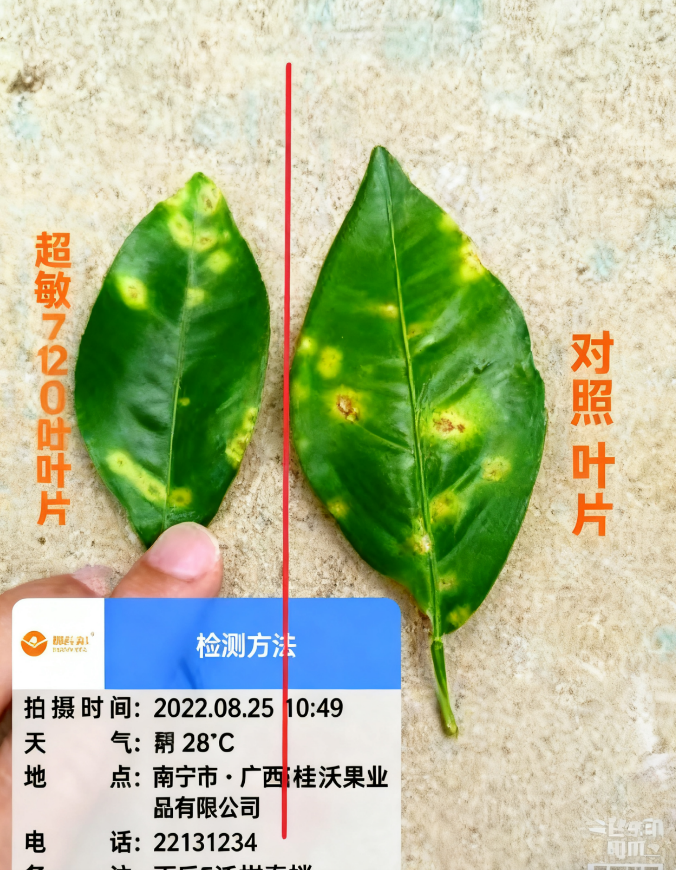
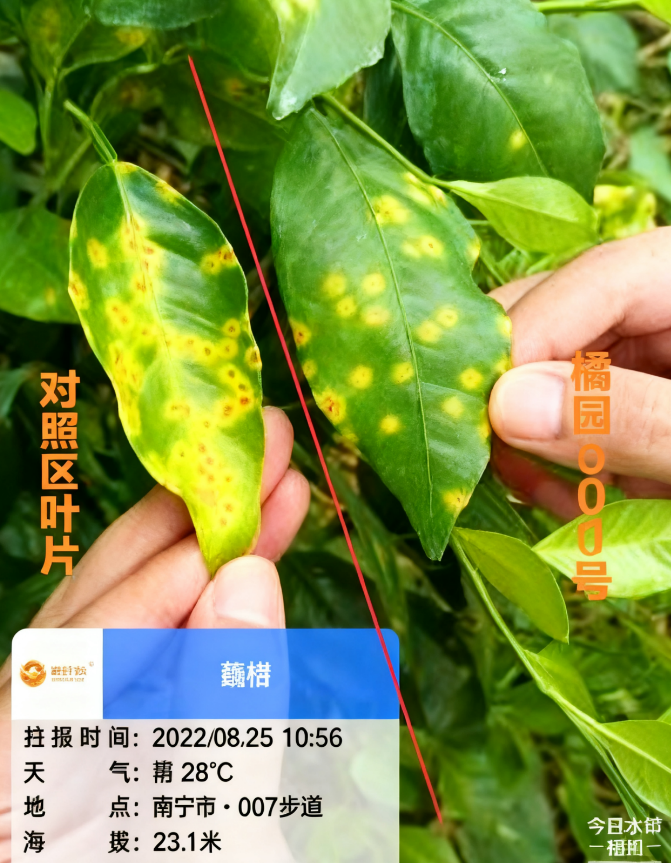
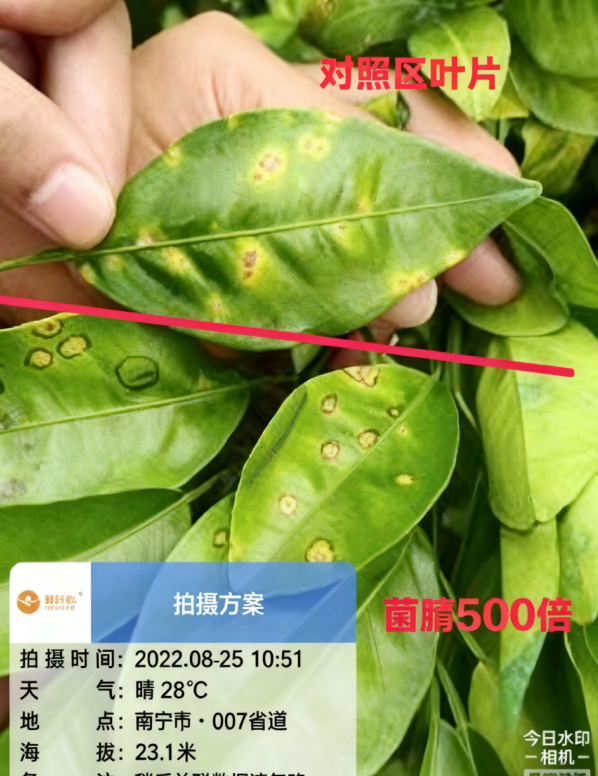
Conclusion: Increasing the drug concentration will no longer cause harm
Other information

